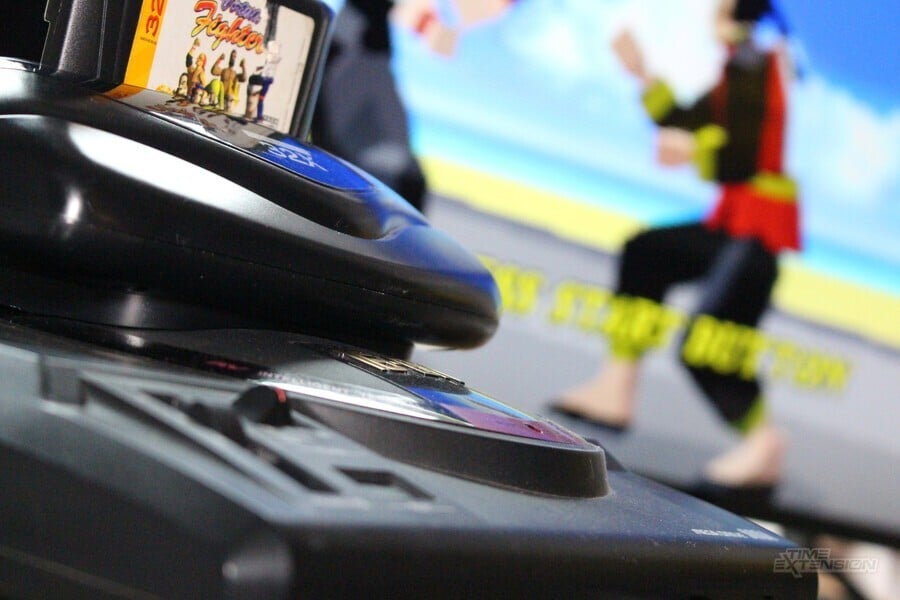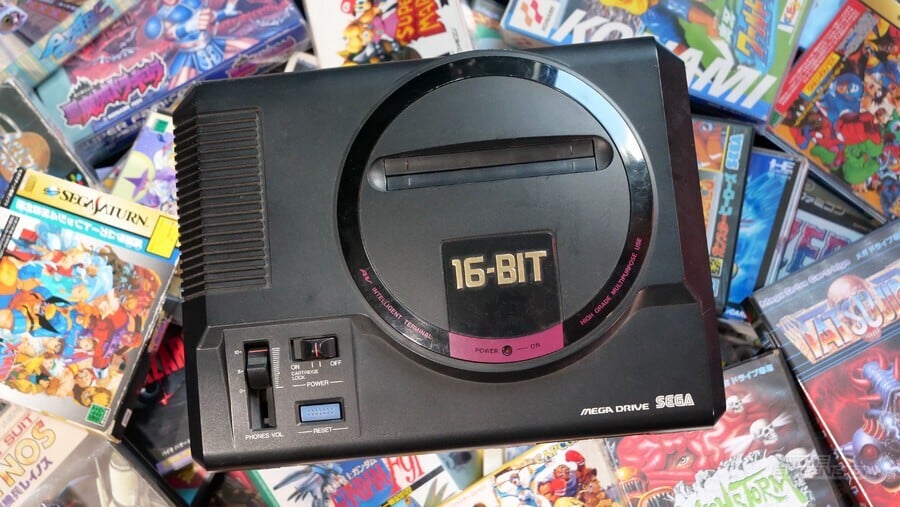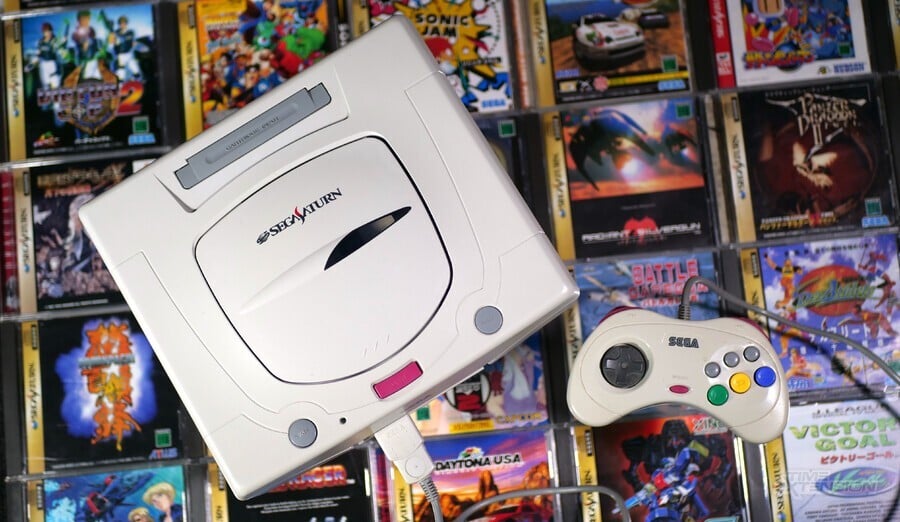
Sega may be primarily concerned with third-party publishing these days, but back in the early '90s, the company was a giant in the world of home hardware, having successfully challenged Nintendo's might in North America with its Genesis console – and Sonic the Hedgehog.
However, by the close of the decade, Sega's empire lay in ruins; its Dreamcast system had failed to achieve the success needed to steady the ship, and the firm was forced to abandon hardware manufacturing and instead become a third-party publisher.
Former Sega president Shoichiro Irimajiri recently spoke about this period as part of his lecture series at the 'Forum – Management for Tomorrow' event. The fifth lecture, which took part on October 20th, 2022, was focused on Irimajiri’s tenure at Sega and has been translated by John Harrison of MD Shock.
During the lecture, Irimajiri touched upon the Sega Saturn, the console which was supposed to continue the success of the Mega Drive, but ended up in third place behind Sony and Nintendo. With the 3D era dawning – an era which, ironically, Sega had ushered in via its amazing Virtua Racing and Virtua Fighter arcade machines – the company simply backed the wrong horse.
"It was generally thought that our next-generation console had to bring something new and different to the market, such as 3D graphics," says Irimajiri. "However, there was also the opinion that we could make even greater games with 2D graphics, with more colour and smoother animation. Such a game console could specialize in upgraded 2D graphics. Opinions were split on the matter. Without a clear decision being made, the next-generation console design featured both the ability to do a limited amount of 3D graphics and the ability to do the highest level of 2D graphics."

Sega's engineers soldered on without a clear focus on where the Saturn's power should be directed, and then the bombshell dropped: Sony revealed the amazing 3D potential of its PlayStation. "In response, the third-parties shifted their focus to developing games using 3D graphics," continues Irimajiri. "The polygons-per-second capabilities of the PlayStation were truly amazing. They were even on a level near Sega’s Virtua Racing. We soon learned that many third-party developers had made the decision to abandon 2D game development in favour of 3D graphics. It was a very bad situation for us."
Sega then famously had to augment the 3D power of its console, but it was too late for widescale changes, as the launch was just around the corner. "At the absolute minimum, the Saturn had to be able to handle the 3D graphics of Sega’s fighting game Virtua Fighter," says Irimajiri. "That was impossible on the Saturn as it then was. To put it in simple terms, the Saturn’s CPU could not handle the heavy processing required to create the 3D graphics. A possible solution was to add a GPU, a graphics chip, that could specialize in handling the heavy graphics calculations. However, it was far too late to begin development on something like that, so it was decided to use a second Hitachi SH-2 CPU in place of a GPU. The architecture of the Saturn was revised to include two SH-2s, and that’s how the Saturn was released. So, in Japan, the 3D capabilities of the Saturn were boosted."
Before releasing a next-generation 3D-capable console, they wanted to release an enhancer for the Genesis that would boost its capabilities. This is where things got messy
The Saturn's release in general also caused a notable schism between Sega of Japan and Sega of America, with the latter feeling that there was still life left in Sega's 16-bit system. "The Genesis had been so successful, and third-parties were still in the middle of developing games for it. Therefore, before releasing a next-generation 3D-capable console, they wanted to release an enhancer for the Genesis that would boost its capabilities," explains Irimajiri. "This is where things got messy."
Irimajiri says that he was willing to listen to Sega of America's point of view on the topic, and the plan would be to release the Saturn in Japan in 1994 and hold back the console until the following year in North America. For 1994, Sega of America would focus on the 32X – the aforementioned 'enhancer' for the Genesis. "It turned out to be a huge strategic blunder, and it would cost us heavily until the very end," laments Irimajiri. "The American third-parties that were counting on the next-generation hardware were thrown into great confusion, and they ended up going to the PlayStation. They didn’t continue on to the Saturn."
Irimajiri also talks about the decision to remove Sega of America boss Tom Kalinske from his role during the Saturn era, citing a major issue with returned stock in the region. "In the American market, it was typically large retailers such as Toys “R” Us and Wal-Mart that stocked game hardware and software," he explains. "Those kinds of retailers would buy a huge quantity of stock at first. However, if they didn’t sell the stock within a certain period, they’d send it all back. We’d have to buy it all back."

This led to Sega of America's bumper 1993 profits being "washed away" because it incurred "extraordinary losses" when unsold stock was returned – these came to "$100 million or $200 million at a time," according to Irimajiri. "SOA had an excess of inventory that would all be sold at once, bringing in a huge amount of revenue. Then, all that inventory would come back from retailers later on and SOA would take a huge loss. With the Genesis, all of those losses started to appear in 1994, 1995, and 1996. If you added up all the losses, the number would be astronomical."
All of this led to a rather unusual situation; Sega of America, on paper, had a "reputation for earning so much money," according to Irimajiri. "It turned out they weren’t earning much at all. We decided we had to change things, and that necessitated reducing the size of the company. We told Tom Kalinske that we’d give him one year to restructure the company like so. This was quite a strong request."
However, Irimajiri says that a year after the request, little progress had been made, and Irimajiri was ordered to go to America and take over as president; Kalinske was asked to step down. "I initiated the restructuring and worked to make the company healthy."
Speaking to Time Extension last year, Kalinske explained in his own words why he left Sega.
